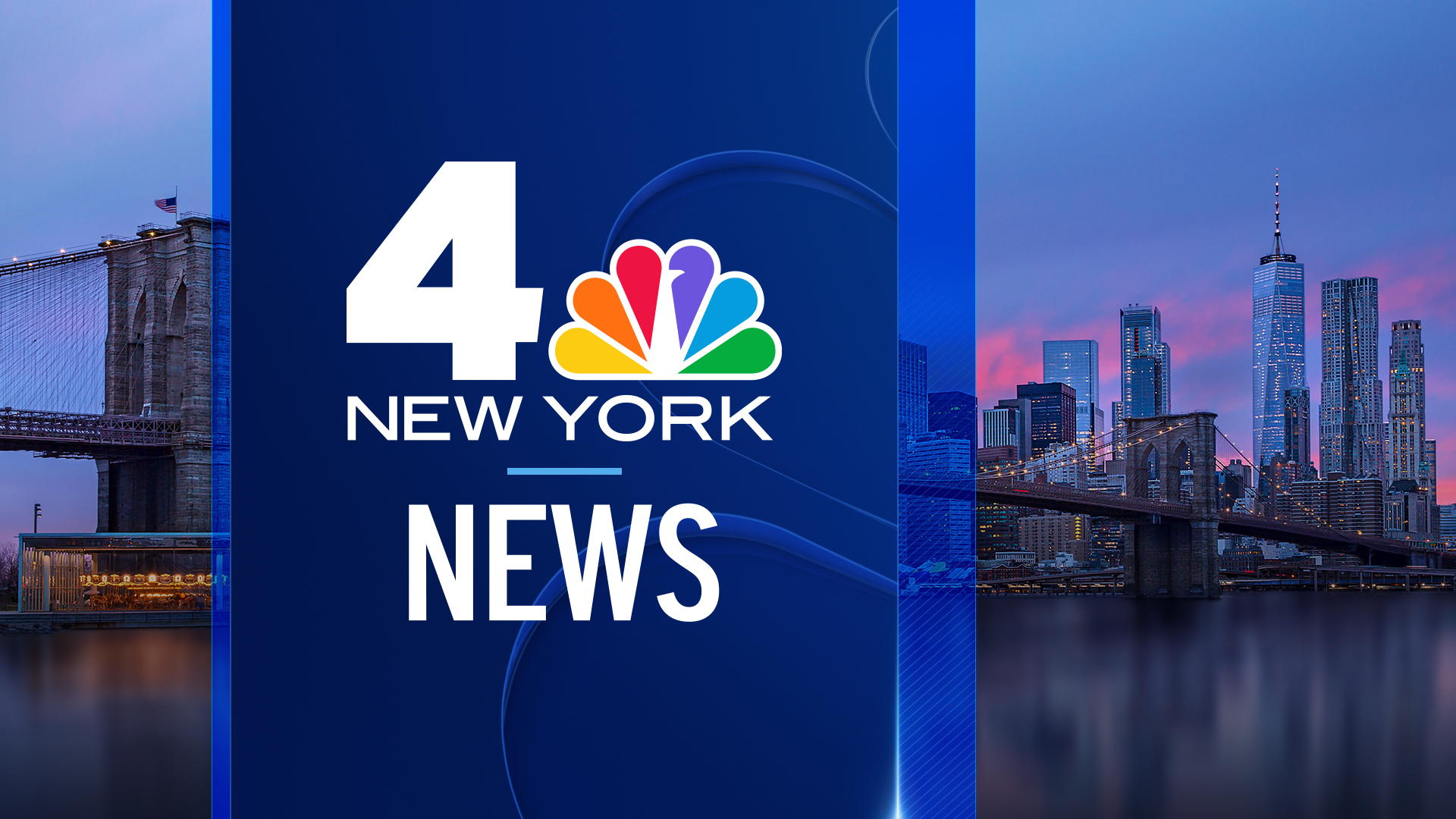Some people call it a "top-secret" tourist destination.
It's located north of Las Vegas. Those who visit can't take pictures or bring their cell phones.
But the government recently allowed rare access to the area known as the "Most Bombed Place on Earth."
It's the Nevada Test Site.
Tourists come from all over. Many wait months, even years to board a tour bus for the 65-mile ride.
Between 1951 and 1992, the U.S. government tested 928 nuclear bombs on this controversial area the size of Rhode Island.

It's a two-hour journey to the pock-marked landscape that bears the scars of America's nuclear testing program.
"You are right at ground zero," said Darwin Morgan, a spokesman for the National Nuclear Security Administration in Las Vegas. "What you are seeing right here is where an atmospheric test went off in May off 1955.
"Not everything was destroyed. A lot of people think everything gets vaporized, but they don't."
That's why people come here -- to see what's left.
What's left are the subjects of images made famous by a Department of Defense video. There are homes and other structures, such as a bank vault, that are still standing.
There's also the Sedan Crater. It's the site of a massive underground explosion to determine whether nuclear blasts could be used to move earth.
"You can't appreciate the size of a crater that is 1,500 feet across until you are standing on the edge of it," said Darren Spang of Los Angeles. "That's why I wanted to see it. The power of what was done here."
The government filmed every aspect of the testing. The images survive today thanks to the restoration work of Southern California filmmaker Peter Kuran.
"I got a lot of cooperation from the government," Kuran said. "I wanted to put together something that was interesting."
Among the most jaw-dropping moments of the film are images of U.S. soldiers and government workers charging toward the mushroom clouds.
Ernie Williams worked at the Test Site in the 1950s and 1960s. He witnessed 80 nuclear explosions.
"The first thing is, you are going to hear a tremendous blast," he said. "The next thing you will feel is the heat. And, all this happens within a few seconds. Then the shockwave is gonna hit you."
"You better be down with your hands on your knees. If you are in Parade Rest, you are going down."
At 78, Williams is cancer free, unlike many of his former colleagues. They are the so-called "Atomic Veterans."
"It's unfortunate that there are not many around to talk about these things that happened in the late 1940s and 1950s," Williams said.
There are reminders of the past's dangers such as warning signs and a mid-tour check of the bus. But the government says there is no radiation risk to the tourists.
Laura Shotwell came all the way from Massachusetts to see the Test Site.
"I think it's just a desire to know what went before us, to appreciate what we are capable of doing," Shotwell said.
The tour of America's nuclear graveyard is free. There are restrictions and an extensive background check.
"What they are getting is something top secret," Morgan said. "They are seeing something that the normal person doesn't get to see."

